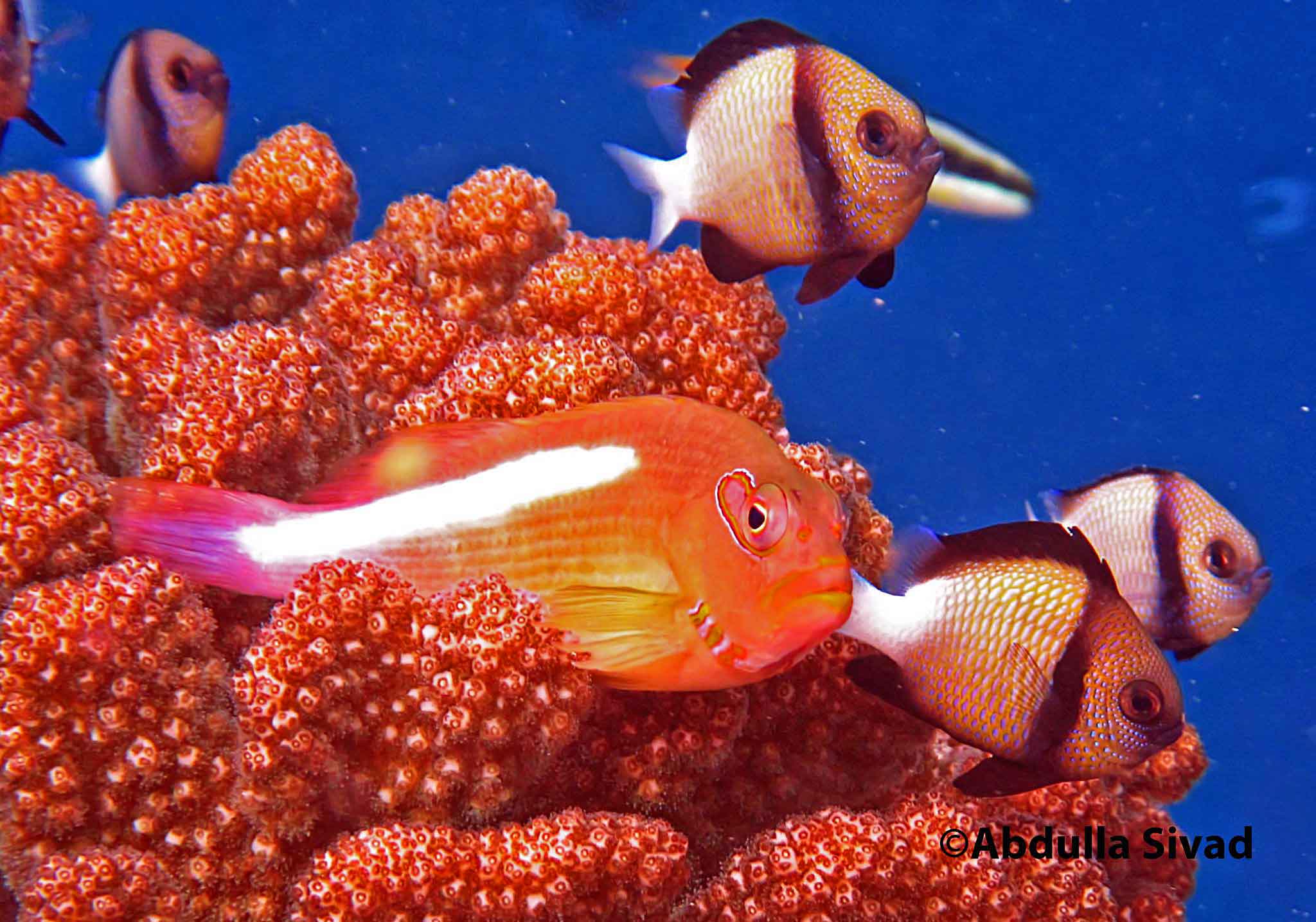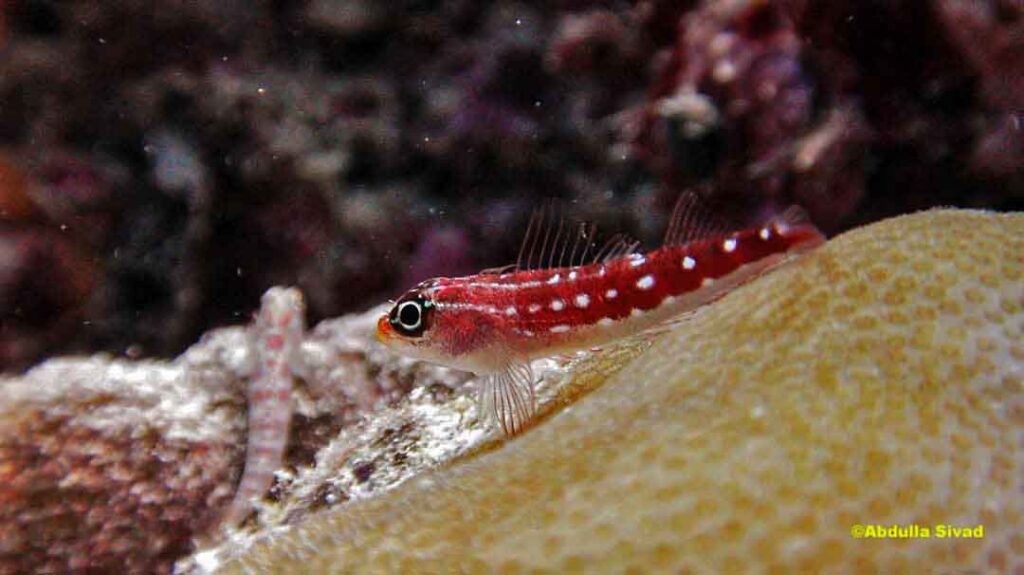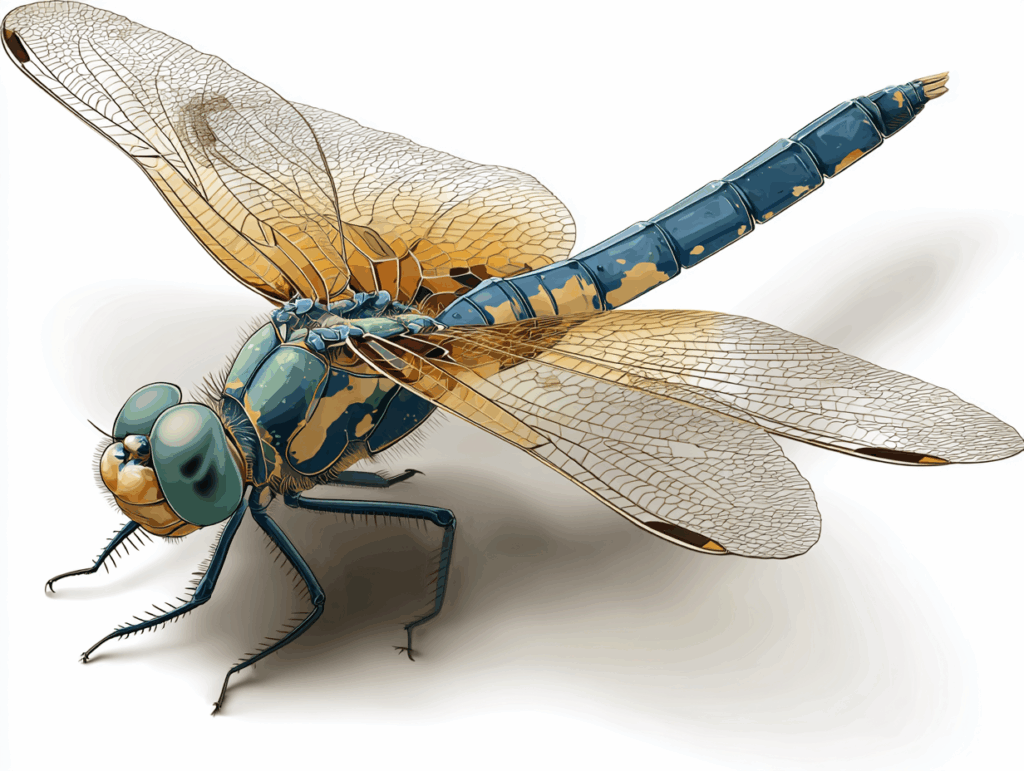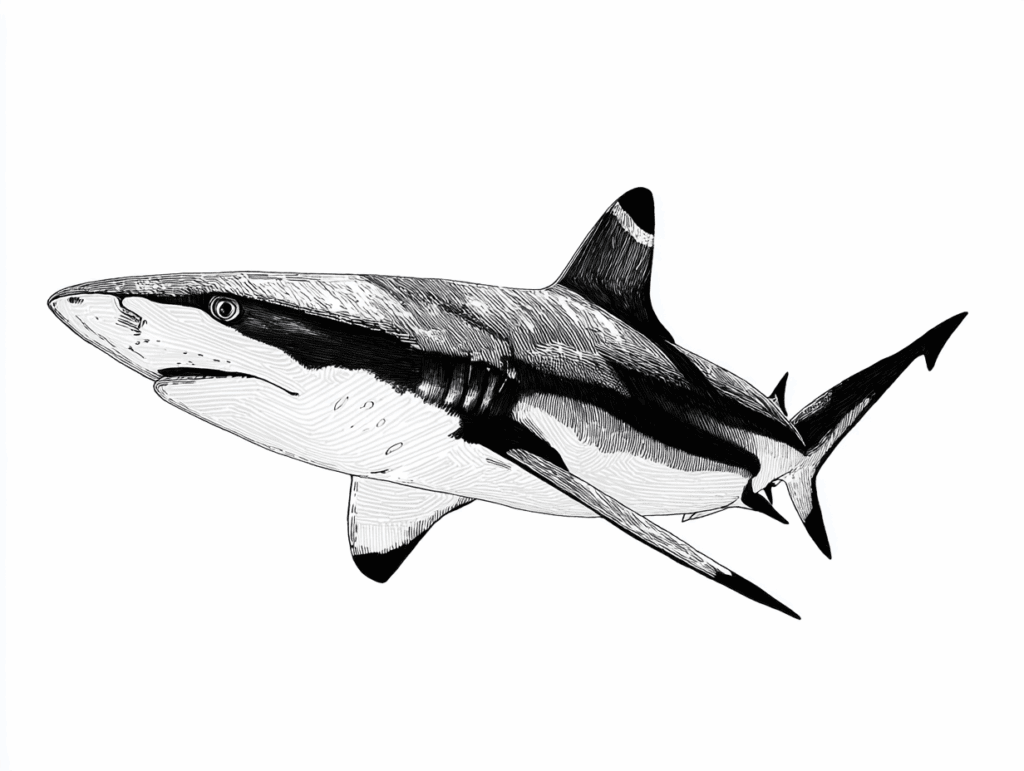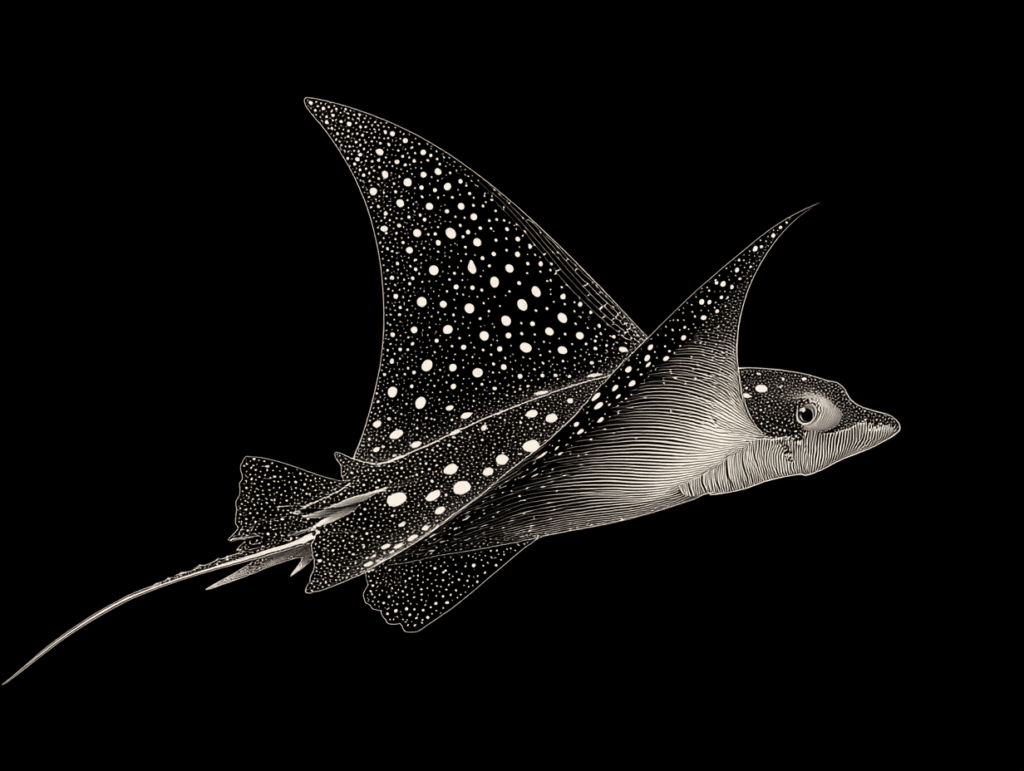This is a series of articles I’ve chosen to publish under the title “Diver’s Lens.”
Using photos and videos taken by photographers or divers, these articles aim to provide scientific and species-related information about the Maldives.
The photographer or diver has granted permission for the publication of the photos and videos in these articles. Furthermore, we publish additional informative and scientific descriptions with the photographer’s or diver’s permission. In this article, I’ve chosen photos and videos of blennies from Sivad’s underwater treasure trove.
Hawkfishes, belonging to the family Cirrhitidae. The family, comprising nine genera and 35 species, primarily inhabits the Indo-Pacific region, with only three species found in the Atlantic. The Maldives are home to six genera and eight species.
Some hawkfish are compressed and have a high body, while others are stocky or long. The little filamentous tufts on the tips of each spine in the dorsal fin are the easiest way to spot them.
As carnivores, they perch on corals to monitor small prey such as prawns or juvenile fish. The different species live in black corals, on reef crests, in surge zones, or in deep current channels. They can stay together in small groups or be territorial.
Paracirrhites arcatus, the ring-eye hawkfish
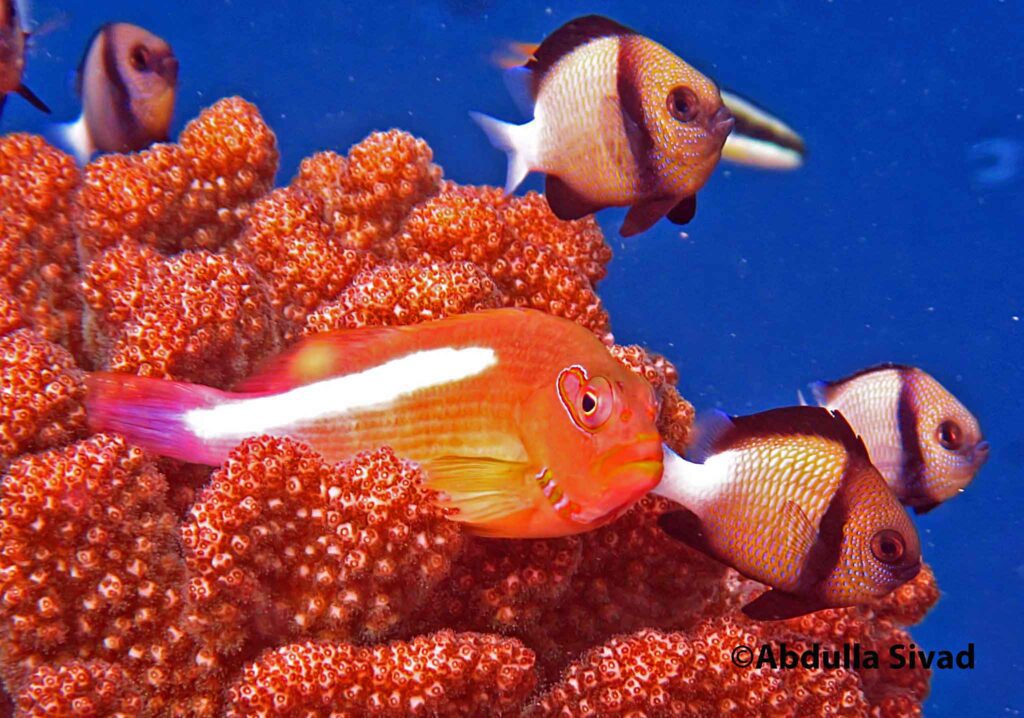
It’s also known as the Horseshoe Hawkfish. Adults live alone or in pairs in small coral heads on the upper, exposed slopes of the reef. This species is distinguished by three orange streaks down the sides and an oval structure that protrudes from behind the eye.
The body’s main colour is between light green and bright red. It can grow up to 14 cm. A lot of Indo-Pacific.
Foster’s Hawfish, also known as Papacirrhites forsteri

The freckled hawkfish is another name for this fish, which can grow up to 20 cm in length. It is a prevalent species in the Maldives, exhibiting a variety of hues. The many dark spots on the head make it easy to spot. It typically resides close to the reef’s surface, reaching a depth of up to 20 meters, although it has the capacity to delve even further. This species is widespread in the Indo-Pacific.
